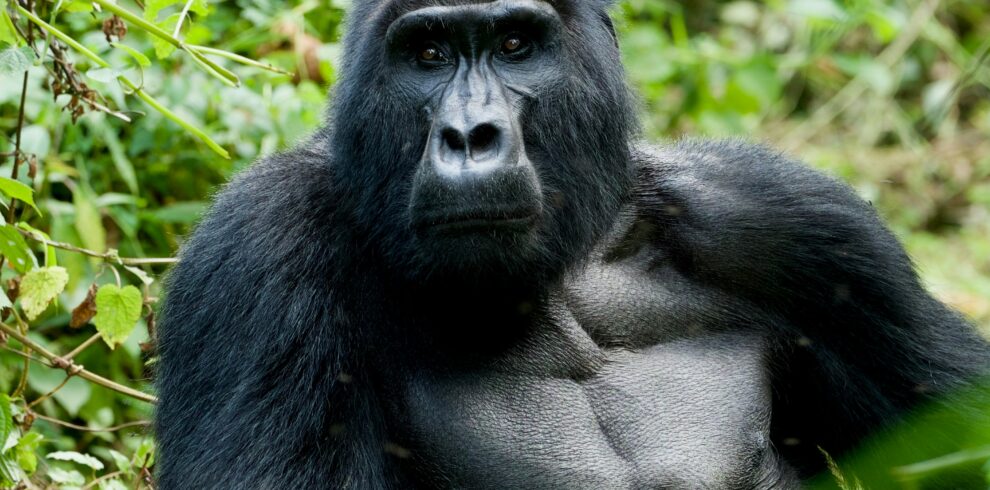Uganda
Uganda, often referred to as the “Pearl of Africa,” is a landlocked country known for its stunning landscapes, diverse wildlife, and welcoming people. It is famous for its mountain gorillas, with the Bwindi Impenetrable Forest and Mgahinga Gorilla National Park being top trekking destinations. Uganda also boasts beautiful lakes, such as Lake Victoria, and the mighty Nile River, offering opportunities for water sports and exploration. The country’s national parks are rich in wildlife, including chimpanzees, lions, elephants, and a variety of bird species.
Mountain Climbing
A climbing peak in East Africa refers to a mountain, hill peak, or rock formation that requires climbing to reach the summit. Unlike general hills, these peaks demand technical climbing skills and are often found in mountainous or rugged terrains across the region. While the term “climbing peak” may not have an exact equivalent in East Africa, it applies to popular climbing destinations like Mount Kilimanjaro in Tanzania, Mount Kenya, and the Rwenzori Mountains along the border of Uganda and the Democratic Republic of the Congo. In these regions, climbing peaks typically have significant rock faces or require specialized routes to summit, especially for technical climbs.
For instance, in the Rwenzori Mountains, the peaks of Mount Stanley and Mount Speke involve technical rock climbing and ice climbing, with altitudes reaching over 5,000 meters. These summits require a specific skill set to navigate rocky and icy terrains, with routes graded according to their difficulty. On Mount Kenya, the main peaks such as Batian and Nelion are considered climbing peaks due to their challenging rock faces and routes that require mountaineering expertise. While there is no strict regulation like the Saxon Climbing Regulations, these climbs are recognized by local climbing and mountaineering associations, and climbers often need permits or approvals from local authorities to ensure conservation and safety.
In East Africa, climbing peaks must have a substantial height and prominence, typically above 1,000 meters for major mountain summits. However, there are also smaller peaks, such as those found in the Uluguru Mountains or the Ngong Hills near Nairobi, where climbers may need to scale rock formations or cliffs for which no technical climbing expertise is required but still provide a challenging and rewarding ascent. These peaks, while not as high as the likes of Mount Kilimanjaro, are recognized for their rock faces and climbing potential. For some of these peaks, local mountaineering clubs or national parks may install summit registers or abseiling anchor points to mark official climbs.

